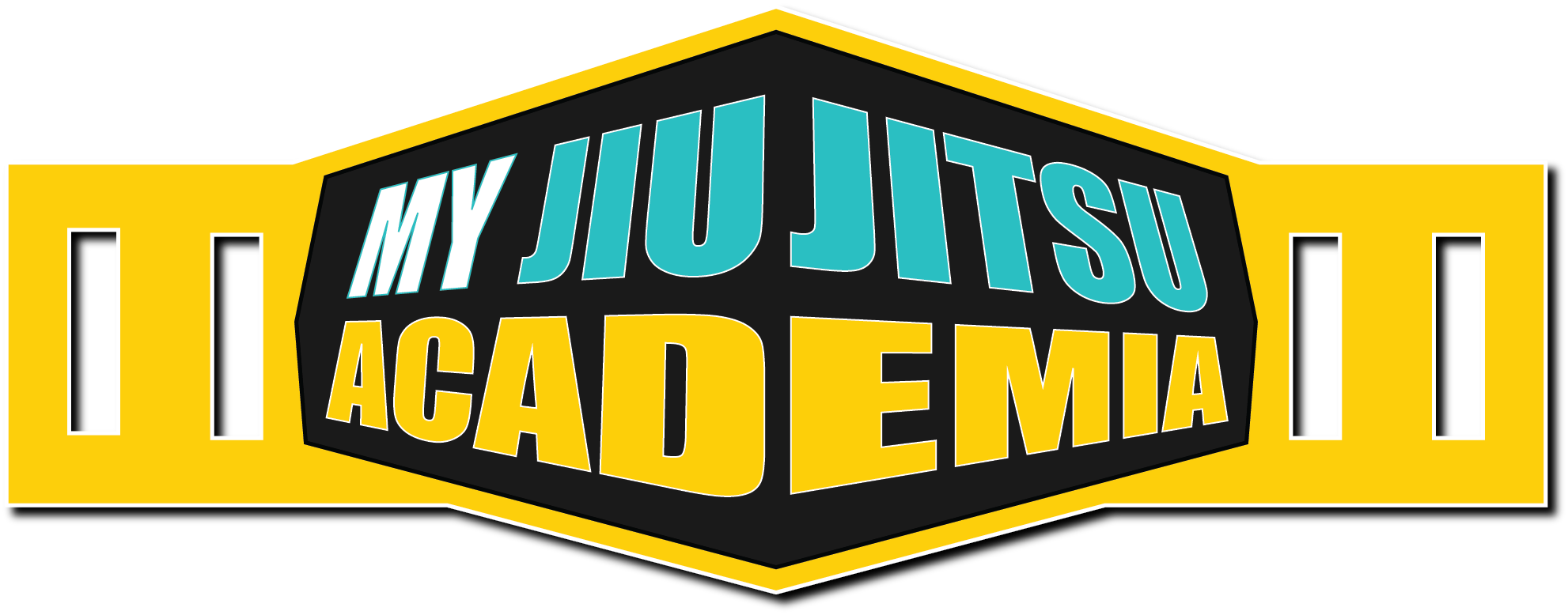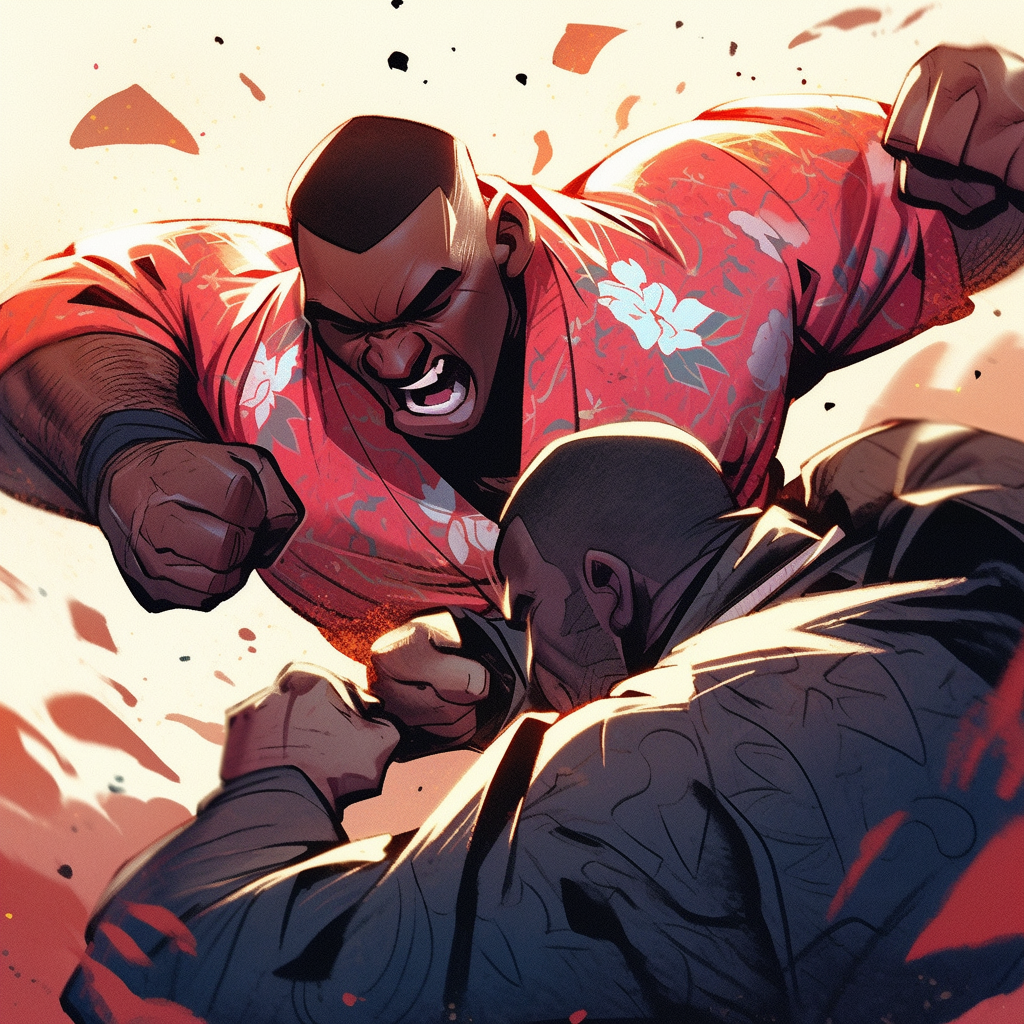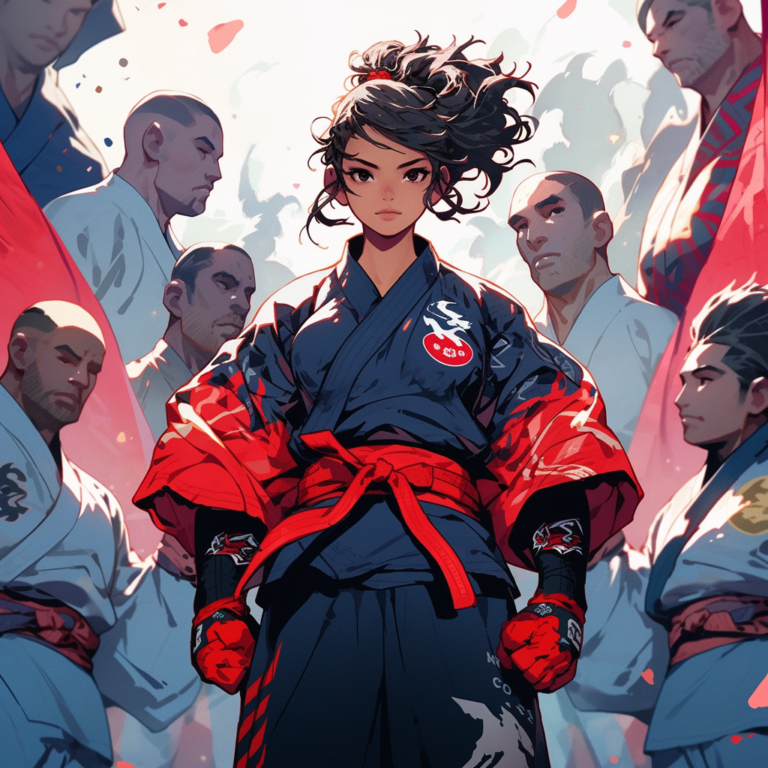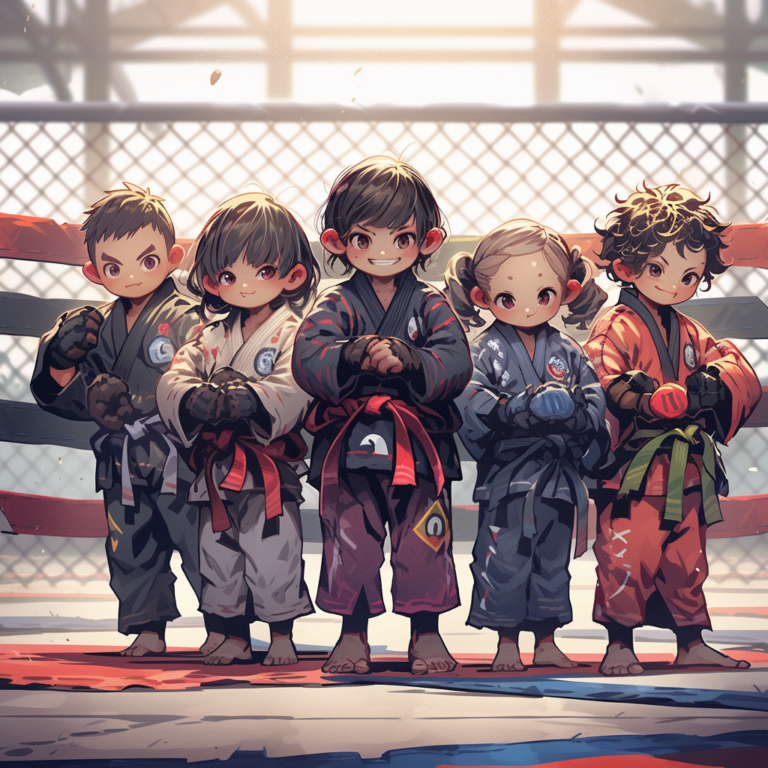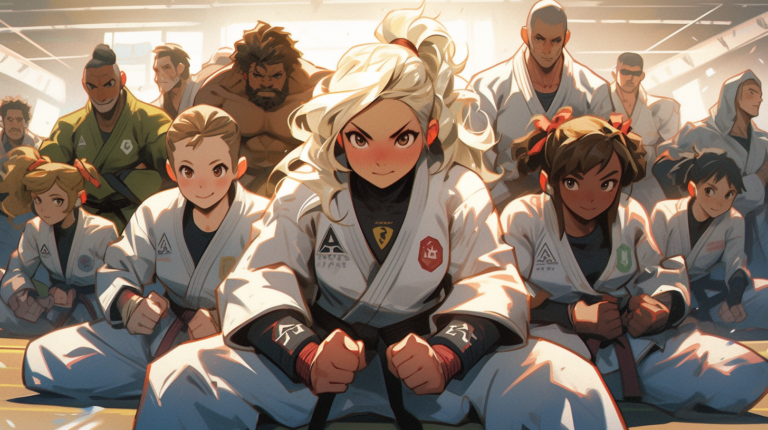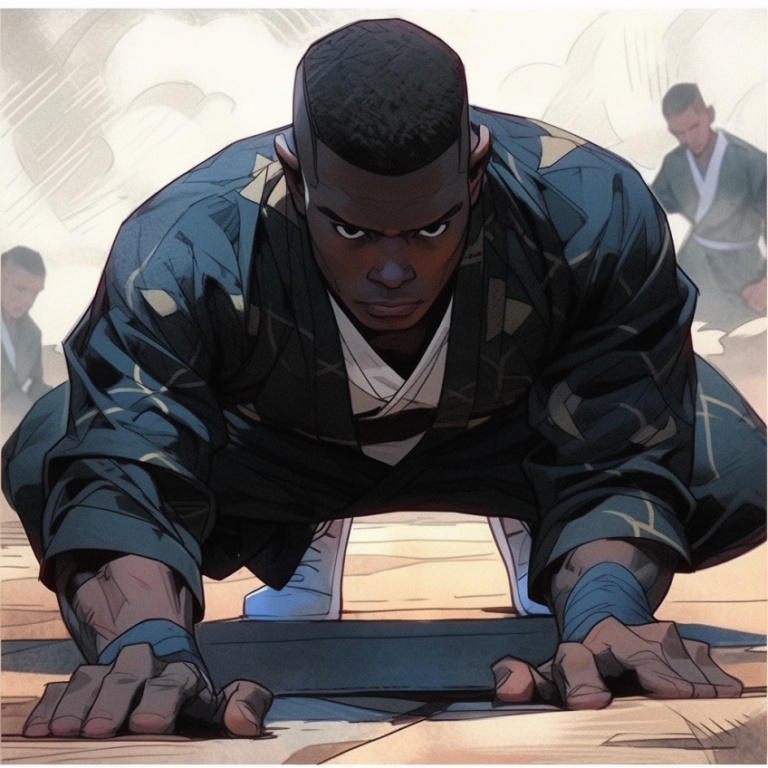BJJ Grappling: The Ultimate Guide for the Modern Fighter
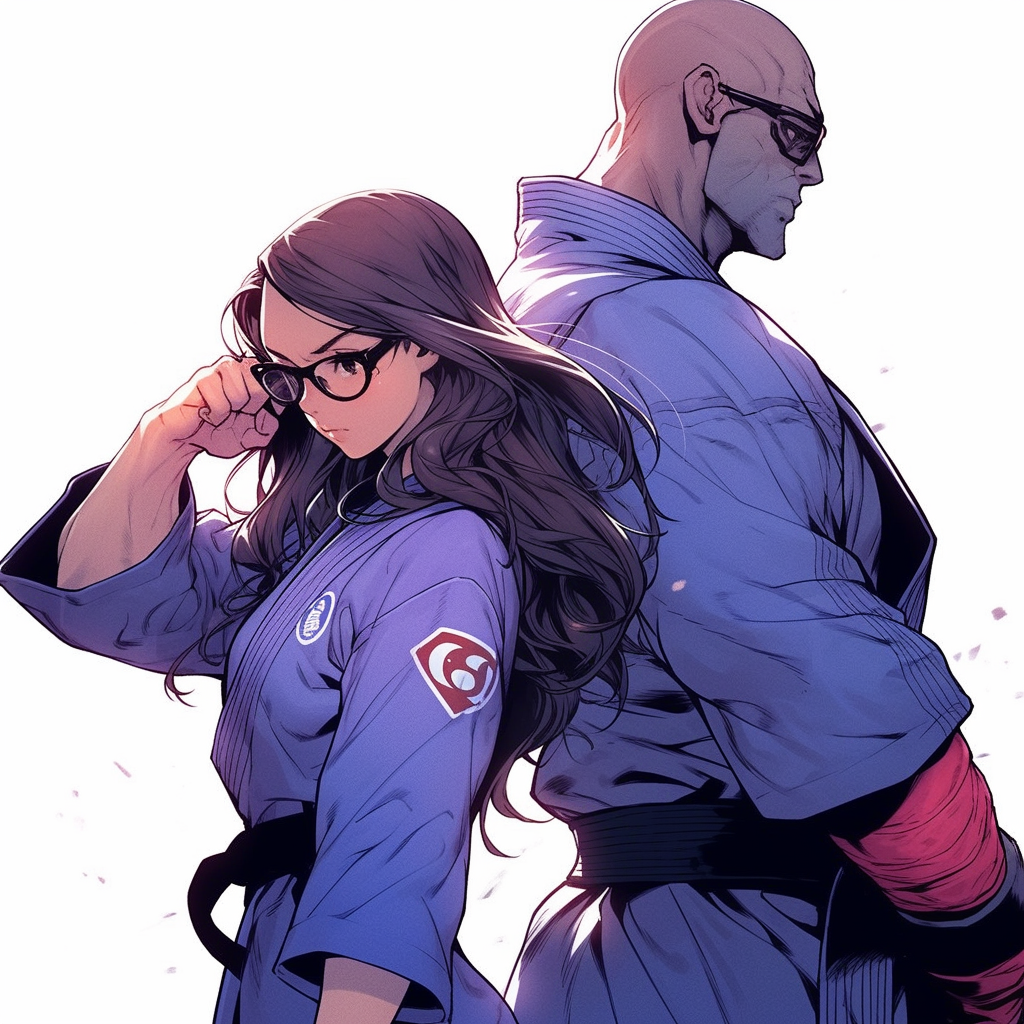
Over the past 3 decades BJJ Grappling has transformed the martial arts world, mostly due in part to organizations like ONE Championship and The UFC. The grappling art highlighted to the world just what was possible in a real fighting scenario when the fight goes to the ground; Most fights go to the ground. Brazilian Jiu Jitsu (BJJ), is a grappling martial art that can help to give you an edge in the ring or on the street. Let’s explore everything you need to know about BJJ grappling, including the difference between wrestling and jiu jitsu, judo vs jiu jitsu, grappling techniques, and some wrestling takedowns to use in your jiu jitsu game.
What is BJJ Grappling?
BJJ grappling is a martial art that focuses on grappling and ground fighting. It was originally created in Japan, but was modified by the Gracie Family in the early 1900’s. The goal of Jiu Jitsu is to control and submit your opponent, with a heavy focus on leverage and technique rather than brute strength. Making it so that even the smallest man or woman can control and submit an opponent should the occasion arise. Most of the techniques used in bjj grappling are joint locks, and strangles (chokes) Unlike other martial arts, BJJ places a heavy emphasis on ground fighting, mainly because that is where the majority of fights end up.
Training Striking in BJJ
While BJJ is primarily known for its grappling techniques, many practitioners also incorporate striking into their training. Even the legendary Rickson Gracie in fact, some BJJ grappling schools even offer classes specifically focused on striking techniques.
One reason to train striking in BJJ is to be well-rounded in self-defense situations. While BJJ grappling can be effective, it’s important to know how to defend against strikes and also how to strike effectively in order to protect yourself. Additionally, adding striking to your training can improve your overall athleticism and conditioning.
Some common striking techniques used in BJJ include punches, kicks, knees, and elbows. These techniques can be integrated into ground and pound situations or used to create distance from an opponent. Many BJJ practitioners also train in other striking arts such as boxing, Muay Thai, or karate to supplement their training.
It’s important to note that training striking in BJJ should always be done with safety in mind. Proper equipment such as gloves, shin guards, and headgear should be worn during sparring sessions, and techniques should be practiced with control to avoid injury. Additionally, it’s important to learn and follow the rules and regulations of your BJJ school when it comes to striking during training.
The Difference Between Wrestling and Jiu Jitsu
Wrestling and jiu jitsu are both grappling martial arts, but they have distinct differences. Wrestling is focused primarily on takedowns, throws, and pins, whereas BJJ grappling is more focused on submissions and control. Wrestling tends to be more physically demanding, as it requires explosive movements and strength, while BJJ is more about technique and leverage.
It’s not uncommon for wrestlers, to do strength and conditioning training either before or after a training session. To put it bluntly wrestlers go hard.
Judo vs Jiu Jitsu
Judo and jiu jitsu are often compared, but they have different origins and focuses. Judo was developed from jiu jitsu in the late 1800s, with a focus on throws and takedowns. Jiu jitsu, on the other hand, evolved from Japanese samurai fighting techniques and has a focus on ground fighting and submissions.
Grappling Techniques
BJJ grappling is a complex martial art with many techniques, but some of the most common include:
- Guard: a position where you use your legs to control your opponent from the bottom
- Mount: a dominant position where you’re sitting on your opponent’s chest and torso
- Side control: a position where you’re on top of your opponent, controlling their upper body by pinning them to the mat
- Rear naked choke: a submission where you wrap your arm around your opponent’s neck while applying pressure, and cutting off the flow of blood to their carotid artery
- Armbar: a submission where you hyperextend your opponent’s arm causing to to break
Wrestling Takedowns
Wrestling takedowns are a key component of BJJ grappling, and they can be extremely effective when used correctly. One common takedown is the single leg takedown, where you shoot in on one of your opponent’s legs and lift it up to take them down.
The single leg takedown is a wrestling technique that has been adapted for use in jiu jitsu. It is an effective way to take your opponent down to the ground and gain a dominant position. Here’s how to do a single leg takedown in the gi for jiu jitsu.
- Start by gripping your opponent’s lapel with your left hand and their sleeve with your right hand. Your left hand should be gripping their lapel at chest height, while your right hand should be gripping their sleeve at the wrist.
- Step forward with your left leg, positioning it between your opponent’s legs. Your left foot should be next to their right foot.
- Use your left hand to pull your opponent’s lapel towards you, while using your right hand to push their sleeve away from you. This will create an opening in your opponent’s defenses.
- Drop down to your knees and shoot your right arm between your opponent’s legs, grabbing their right leg at the knee.
- Drive forward with your left shoulder, pushing your opponent off balance and taking them down to the ground.
- Once you have taken your opponent down, maintain control of their leg by holding onto it with both hands. This will prevent them from getting back up and escaping.
Remember to practice this technique with a partner and to start slowly to avoid injury. With time and practice, you’ll be able to perform a single leg takedown in the gi with ease.
Tips for Improving Your BJJ Grappling
If you want to improve your BJJ grappling, here are a few tips to keep in mind:
- Focus on the fundamentals: Master the basics before moving on to more advanced techniques.
- Drill, drill, drill: Repetition is key to getting good at BJJ grappling.
- Stay relaxed: Tension will work against you in BJJ grappling.
- Learn from your mistakes: Use each roll as an opportunity to learn and improve.
Is BJJ grappling effective for self-defense?
Yes, BJJ grappling can be extremely effective for self-defense, especially against larger and stronger opponents.
Do I need to be in shape to start BJJ grappling?
No, BJJ grappling can be a great way to get in shape, but you don’t need to be in shape to start.
Can I train BJJ grappling if I have injuries?
It depends on the injury, but many people are able to train around their injuries in BJJ grappling.
Conclusion
BJJ grappling is an exciting and dynamic martial art that requires a combination of technical skill, strategy, and physical ability. It offers a unique blend of self-defense and sport, making it a popular choice for martial arts enthusiasts around the world. While there are some similarities between BJJ and other grappling martial arts, the nuances and techniques of BJJ make it a distinct discipline. Whether you are interested in competition or simply want to improve your fitness and self-defense skills, BJJ grappling has something to offer. So why not give it a try and see what you can achieve? With dedication and hard work, the possibilities are endless.
